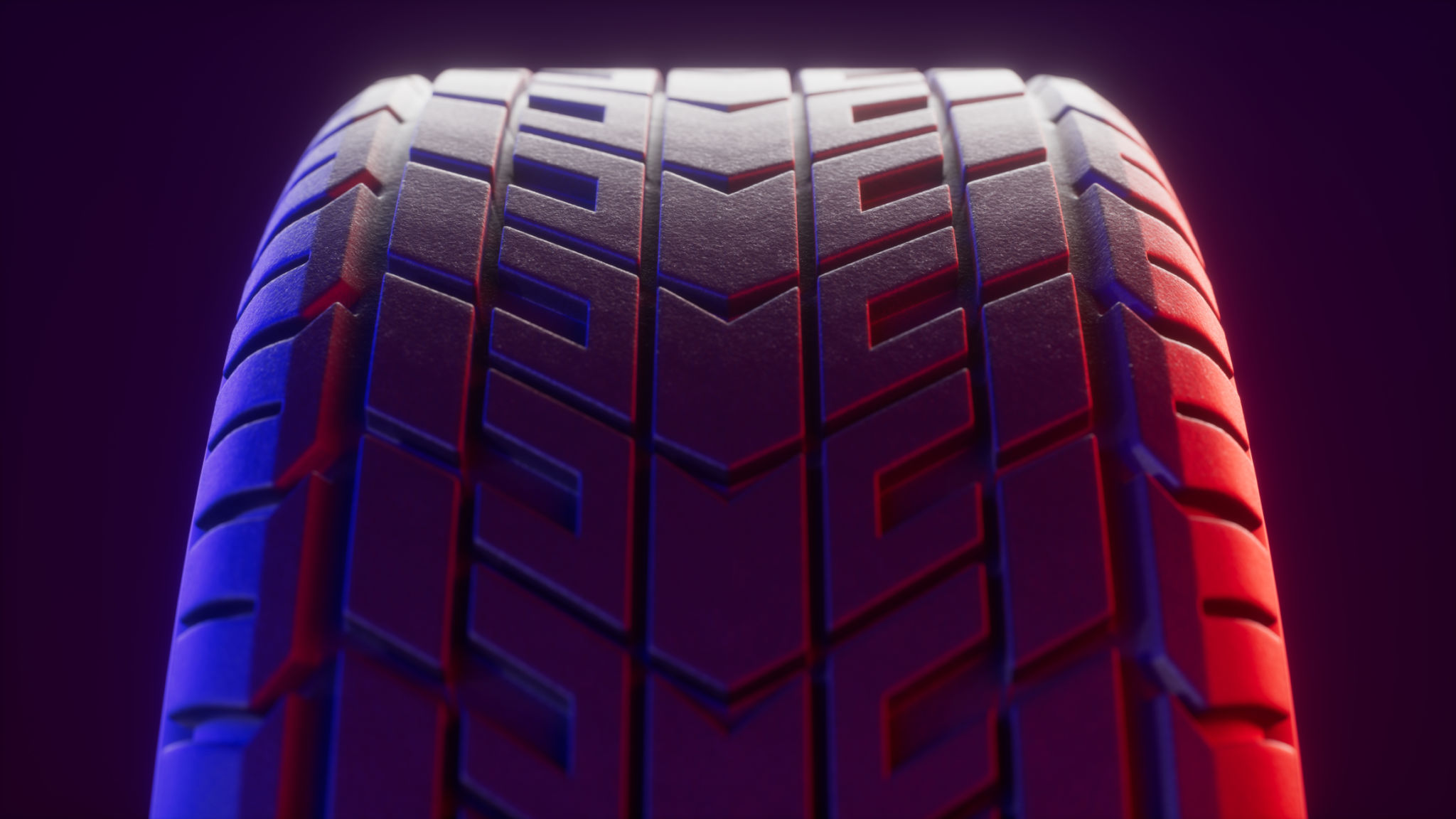Stage 1 vs. Stage 2 Remapping: Which is Right for Your Car?
JG
Understanding Remapping: What Is It?
Remapping, also known as ECU tuning, is the process of altering the software of a car's engine control unit (ECU) to enhance performance. By modifying the settings within this software, drivers can achieve increased power, improved fuel efficiency, or a combination of both. But when it comes to remapping, there are different stages to consider—Stage 1 and Stage 2. Understanding which stage is right for your car depends on several factors.
Stage 1 Remapping: The Basics
Stage 1 remapping is the entry-level stage of ECU tuning. It typically involves adjusting the car's software without making any physical modifications to the engine or its components. The primary goal is to optimize the existing potential of the vehicle. This stage is ideal for those who want a noticeable boost in performance without additional hardware changes.
Stage 1 remaps are often tailored to be within the safe limits of the car’s standard components. This means you can expect improvements such as increased horsepower and torque while maintaining reliability and drivability.

Stage 2 Remapping: Going Further
Stage 2 remapping takes things a step further by not only modifying the ECU software but also requiring certain hardware upgrades. These upgrades might include components like a performance exhaust system, an upgraded intercooler, or an improved air intake system. These enhancements allow the engine to breathe better and handle more power, which is reflected in the more aggressive tuning settings.
While Stage 2 can deliver even more significant gains in performance than Stage 1, it does require a higher level of commitment in terms of both cost and maintenance. This stage is best suited for enthusiasts looking for substantial improvements and who are willing to invest in additional hardware.

Factors to Consider When Choosing Between Stage 1 and Stage 2
When deciding between Stage 1 and Stage 2 remapping, consider the following factors:
- Budget: Stage 1 is generally more affordable since it doesn’t require additional hardware.
- Goals: Determine if your priority is simply improving daily driving experience or achieving maximum performance gains.
- Vehicle Condition: Ensure your vehicle is in good condition and can handle the enhanced performance without compromising reliability.
The Impact on Vehicle Warranty
It’s important to note that both Stage 1 and Stage 2 remapping can potentially void your vehicle’s warranty. Before proceeding with any modifications, check with your manufacturer or dealer to understand the implications. Some tuning companies offer warranties that cover their remaps, providing peace of mind for drivers concerned about potential risks.

Conclusion: Which Is Right for You?
Ultimately, whether you choose Stage 1 or Stage 2 remapping depends on your personal preferences, budget, and how you use your car. For those seeking modest improvements with minimal investment, Stage 1 is an excellent choice. However, if you’re passionate about maximizing your car’s performance and don’t mind additional costs and maintenance, Stage 2 might be worth exploring.
Whichever option you choose, ensure you work with a reputable tuning specialist to achieve the best results tailored to your vehicle’s capabilities and your driving needs.
